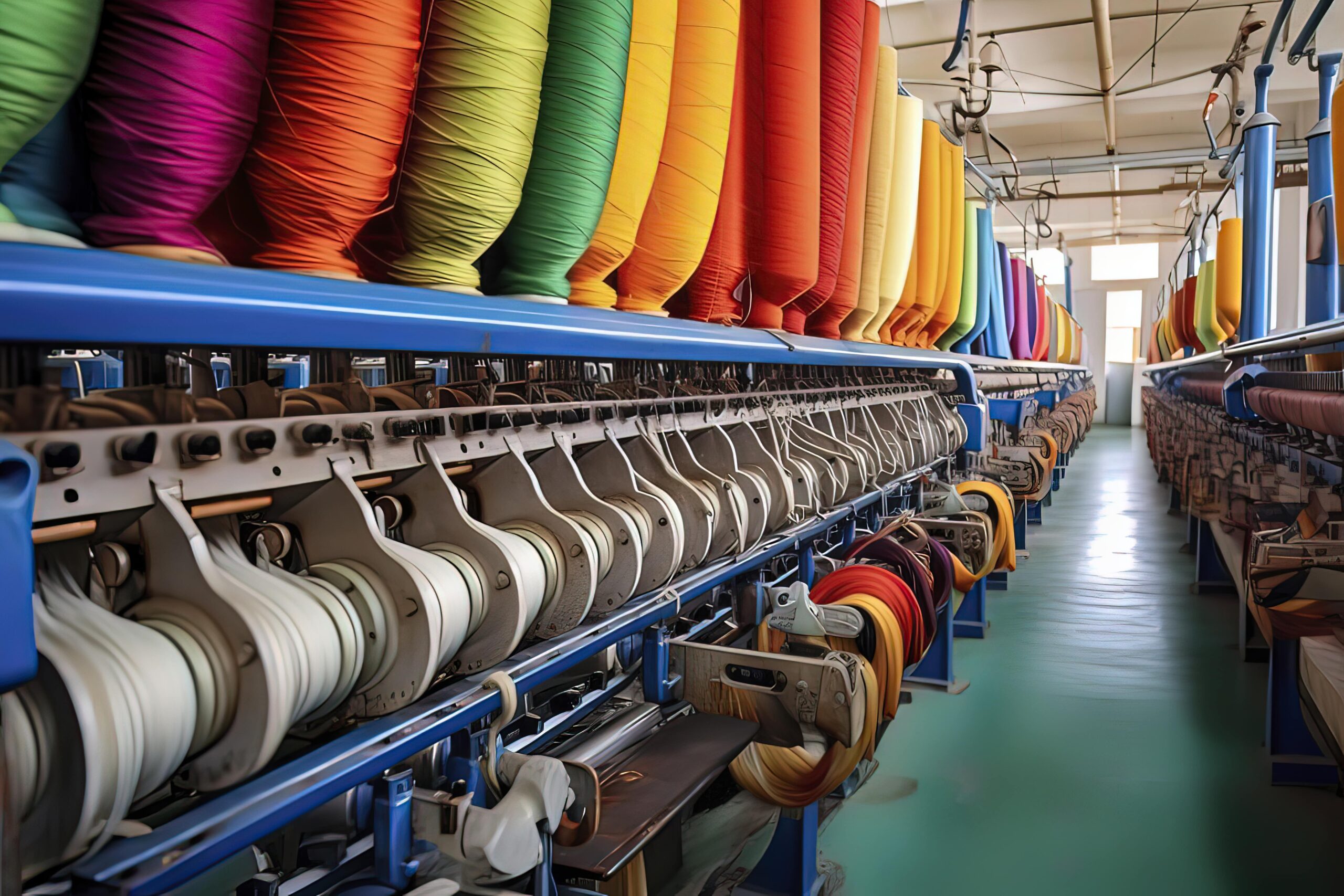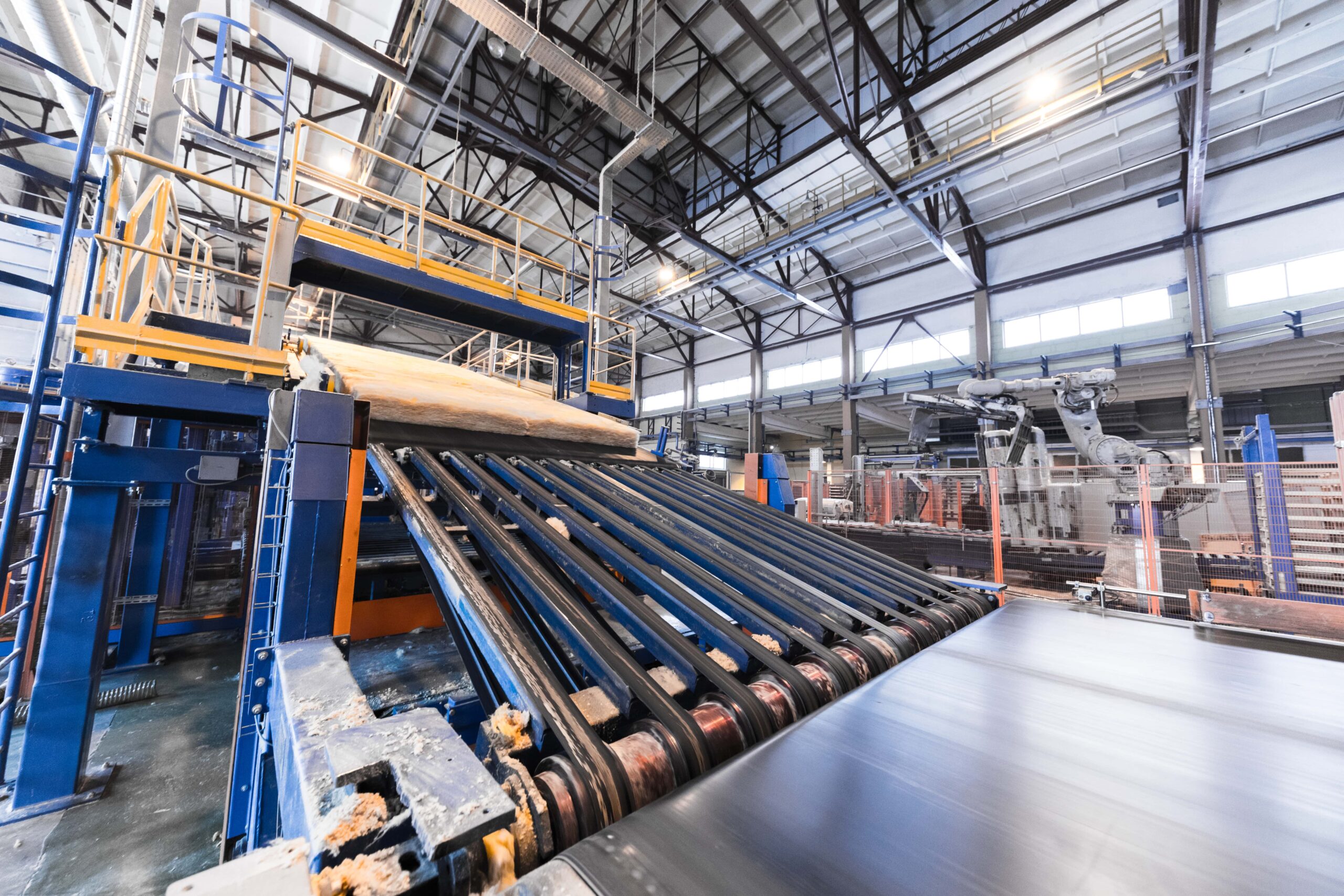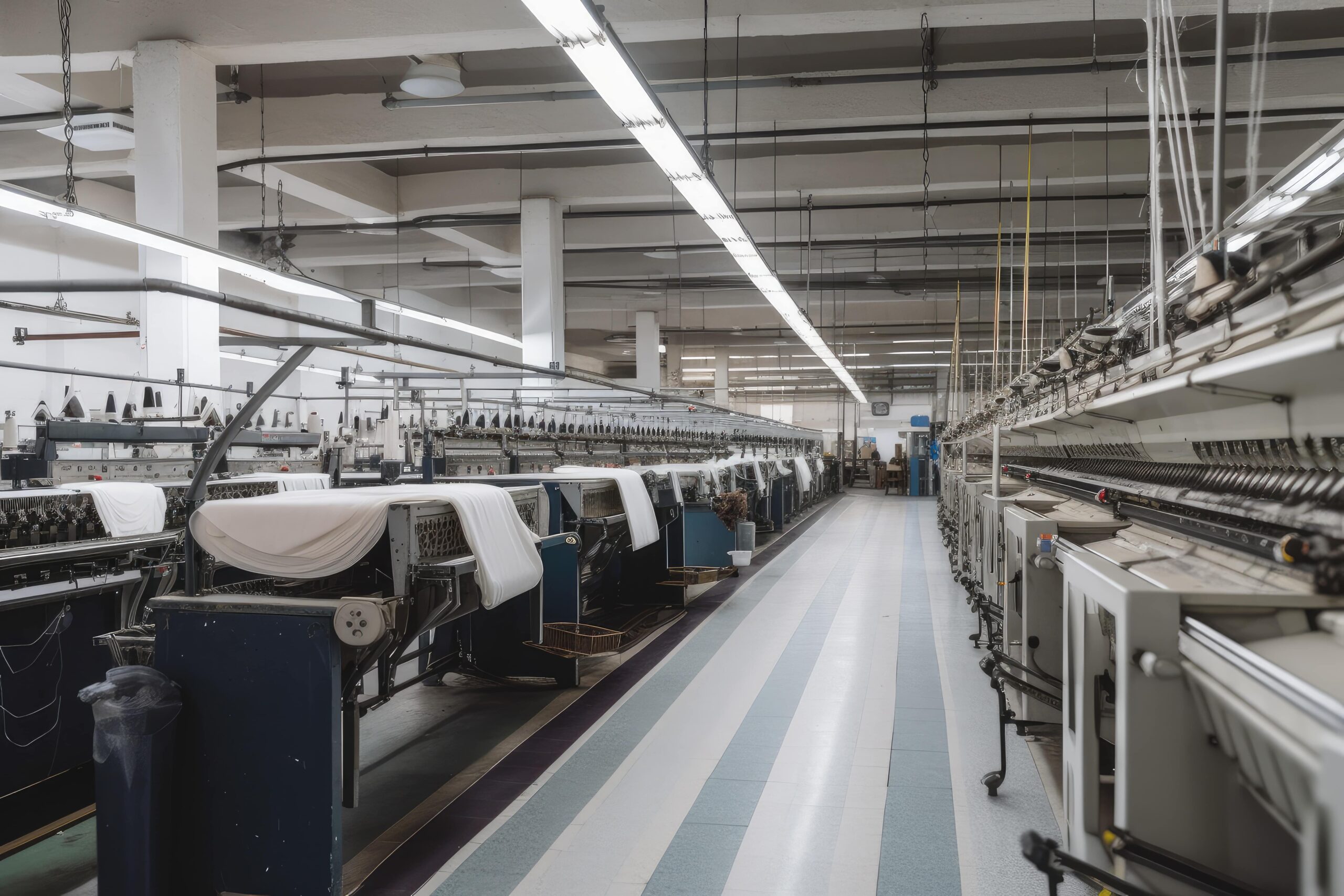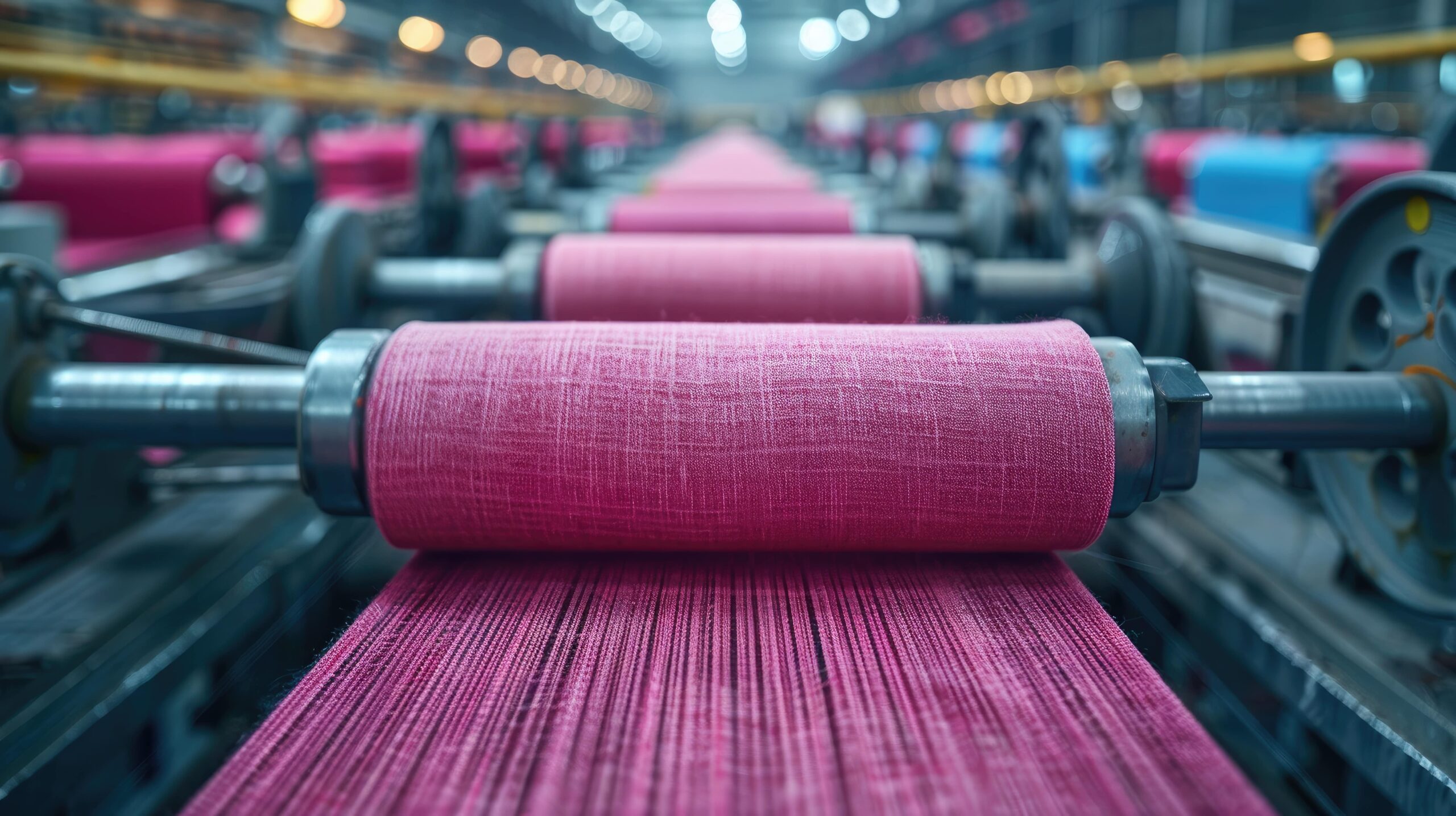Textile auxiliaries, often overlooked but indispensable, encompass various chemicals and substances that enhance various aspects of fabric manufacturing. From dyeing and printing to finishing and beyond, these unsung components contribute significantly to textiles’ quality, appearance, and performance in ways both seen and unseen.

At the heart of textile production are intricate processes that transform raw materials into the fabrics we use daily. In dyeing, for instance, textile auxiliaries such as dispersants and levelling agents ensure uniform colouration, while in printing, they aid in precise design transfer and fixation.
Key Advantages of Textile Auxiliaries
Textile auxiliaries serve as indispensable components in fabric production, offering a myriad of benefits that contribute to the quality, performance, and sustainability of textiles:

- Enhanced Colouration: Auxiliaries achieve uniform and vibrant colours during dyeing and printing processes, ensuring consistent and appealing visual aesthetics in the final fabric.
- Improved Performance: From imparting wrinkle resistance to enhancing water repellency, auxiliaries elevate the functional attributes of textiles, making them more durable, comfortable, and versatile.
- Specialised Functionality: Tailored auxiliaries enable the creation of technical textiles with advanced functionalities such as moisture management, antimicrobial properties, and UV protection, catering to diverse industry needs.
- Process Optimisation: Auxiliaries facilitate process optimisation by improving dye penetration, accelerating fixation, and reducing energy and water consumption, thereby enhancing production efficiency and cost-effectiveness.
- Environmental Sustainability: With the development of eco-friendly formulations and processes, textile auxiliaries contribute to reducing environmental impact, promoting sustainability across the entire fabric production lifecycle.
Driving Innovation and Sustainability
The evolution of textile auxiliaries mirrors the dynamic landscape of fabric production, driven by innovation and sustainability imperatives. Manufacturers increasingly seek eco-friendly alternatives, leading to the development of biodegradable auxiliaries and processes that minimise environmental impact. Furthermore, advancements in nanotechnology have paved the way for nano-auxiliaries, offering unprecedented performance enhancements with minimal resource utilisation.

Conclusion: The Unsung Heroes of Fabric Production
In conclusion, textile auxiliaries, the unsung heroes of modern fabric production, embody innovation, functionality, and sustainability. As the textile industry marches towards a future defined by technological prowess and environmental consciousness, the role of these silent enablers will only grow in significance. From enhancing colour vibrancy to imparting advanced functionalities, textile auxiliaries play a multifaceted role in shaping the fabrics that adorn our lives, silently weaving their magic behind the seams.
In the intricate tapestry of fabric production, textile auxiliaries emerge as silent champions, enriching every fibre with innovation and functionality.

Innovative Solutions for Enhanced Textile Performance
FCL remains dedicated to adapting to the ever-changing demands of consumers while maintaining the highest standards of luxury. From enhancing durability to prioritising sustainability, they recognise the importance of delivering uncompromised luxury.
FCL leverages years of expertise and research to develop a comprehensive range of textile auxiliaries tailored to meet the diverse needs of fabric producers worldwide. From dyeing and printing to finishing and beyond, FCL’s products are designed to enhance every stage of the textile manufacturing process. By harnessing the latest advancements in chemistry and technology, FCL empowers fabric producers to achieve superior quality, performance, and sustainability results.
